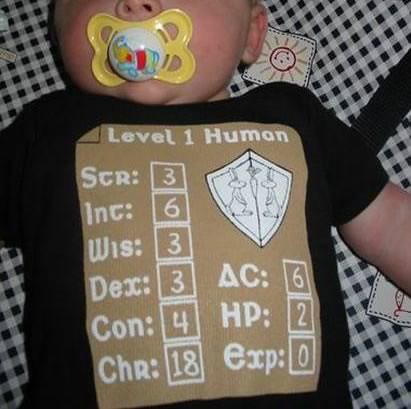They giggle as usual, and taunt my talents. I play along - "Oh, doubters... just wait. You don't even know what you are thinking yet... but I do...."
With that I take out an index card and turn my back to the class. I look over my shoulder a few times, making sure to have direct eye contact with a few of them. As I'm turned I write a message on the index card. I put this index card into an envelope, seal it, walk up to one student very deliberately, and put it into the student's binder, folder, or book, warning all of them not to even touch the envelope. I then explain how soon they will all write what I have just written on this card.
Hook? Check.
I then lead them through the typical pick-a-number scheme where you add, multiply, and do all this magic to the number. I encourage them to choose a lower number as there is some arithmetic to do to this number, but really any number will work. No calculators are allowed and students must show their work for each step.
Here is the algorithm I lead them through. I haven't tried reading minds over the realm of the internet, but I'm willing to have a go. All of you readers, math geeks and non, should play along. I'm curious if I can use my psychic powers through wifi. Here are the steps I give my students:
- No talking from here out - it disrupts the psychic energy.
- pick a number
- double that number
- add 4 to the result
- triple that result
- subtract 6
- divide by 6
- add 4
- subtract the original number from this result (this step usually takes some clarifying)
- circle this final answer
For instance, if you got a 8, you'd choose 'h'
I always make sure to walk around the room to see what number is circled and to clarify this step. I also help students that may have made a mistake in arithmetic.
Once everyone has their letter I stop and build the drama a bit more. I close my eyes - pretend to meditate... whatever. Get a good psychic vibe in that room!
When I continue I ask them to think of an animal that starts with the letter they have written down and have them write this animal in their notebook (telling them specifically that spelling doesn't count.) For example, a student that gets an 8 could write 'hyena'.
I then ask them to think of a color that animal can be, and to write that as well. For instance, if they got an 8 they might choose a brown hyena, but can't pick a pink hyena.
At this point I walk back to the student that has the envelope. I look at the answer in their notebook and smile. I ask them if they think I have the same thing written on the card in the envelope. They always hesitate. The anticipation is thrilling. I ask that student to open the envelope and to read out loud what is written.
Most of the time they don't even read it out loud. Most of the time they shout out "NO WAY!" Generally what happens from there is the rest of the class reacts with shock and awe with a hint of fear. Eventually the card gets read. Students are in disbelief. How is this possible? Will you teach me? PLEASE? TELL ME YOUR SECRET (seriously - students begging to be taught?) Nobody can believe that I have done the impossible. Same color. Same animal... well, 95% of the time.
If you are playing along you might wonder what is on in that envelope and if I've read your mind through the world of cyberspace.
You may wonder, if in fact, I will end this post with the words grey elephant.
I think I will.
Next time I'm using one of these as a prop.









